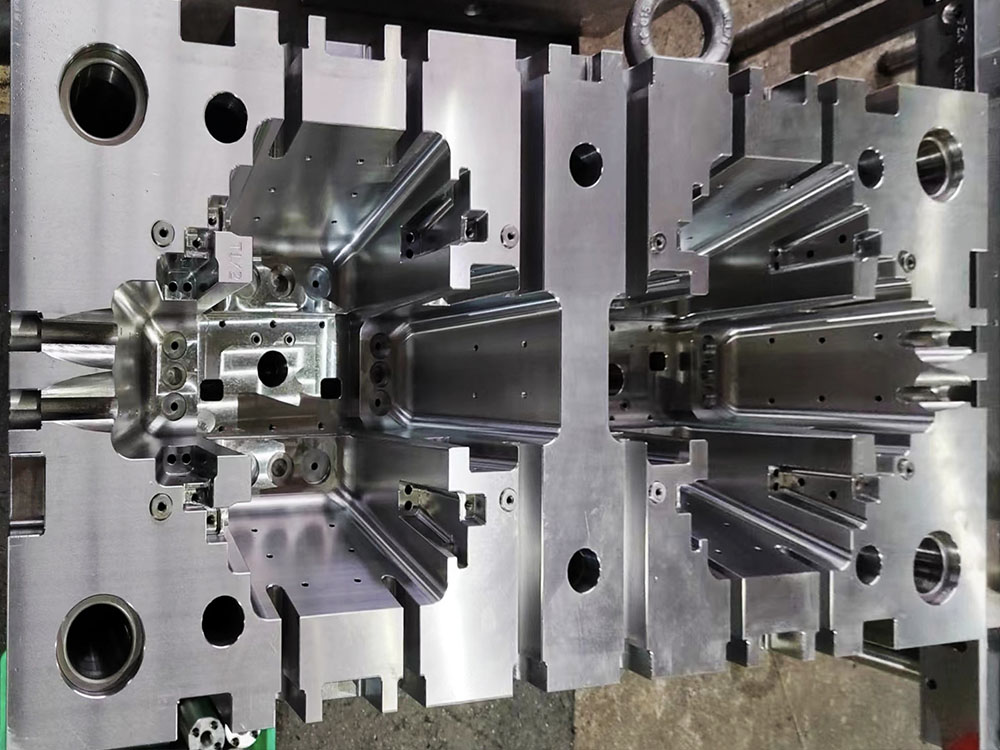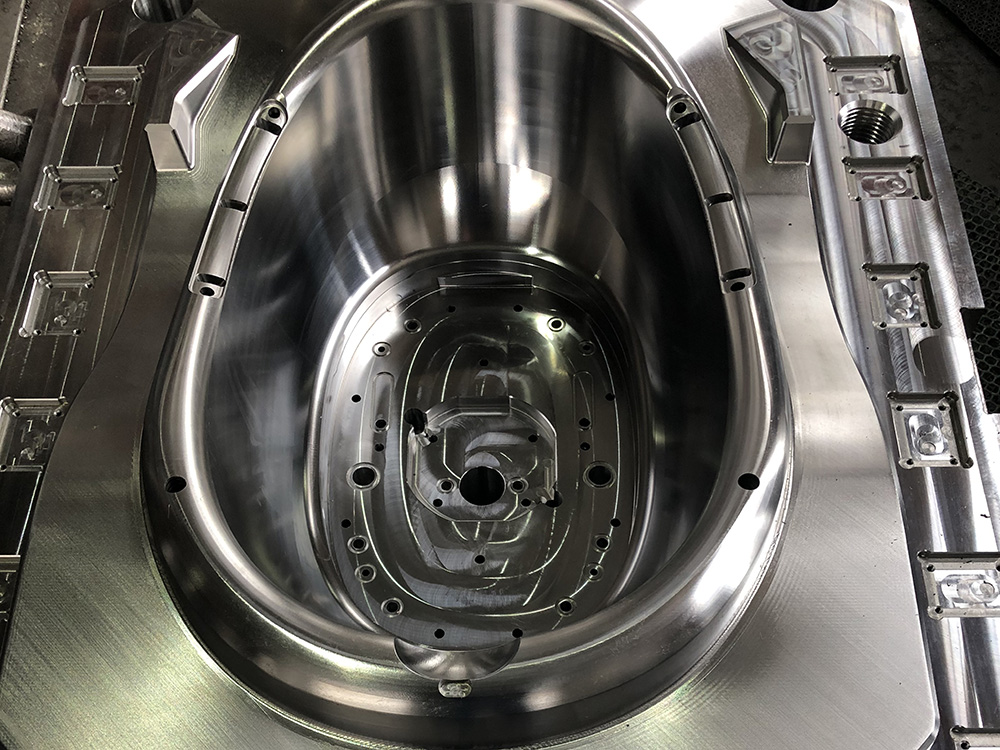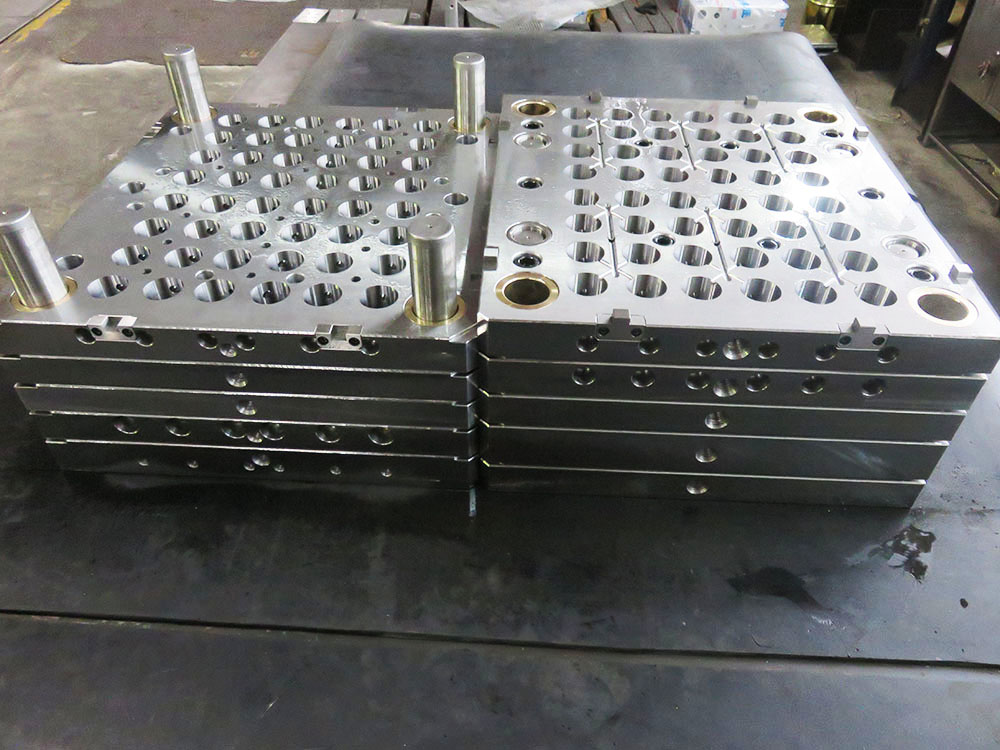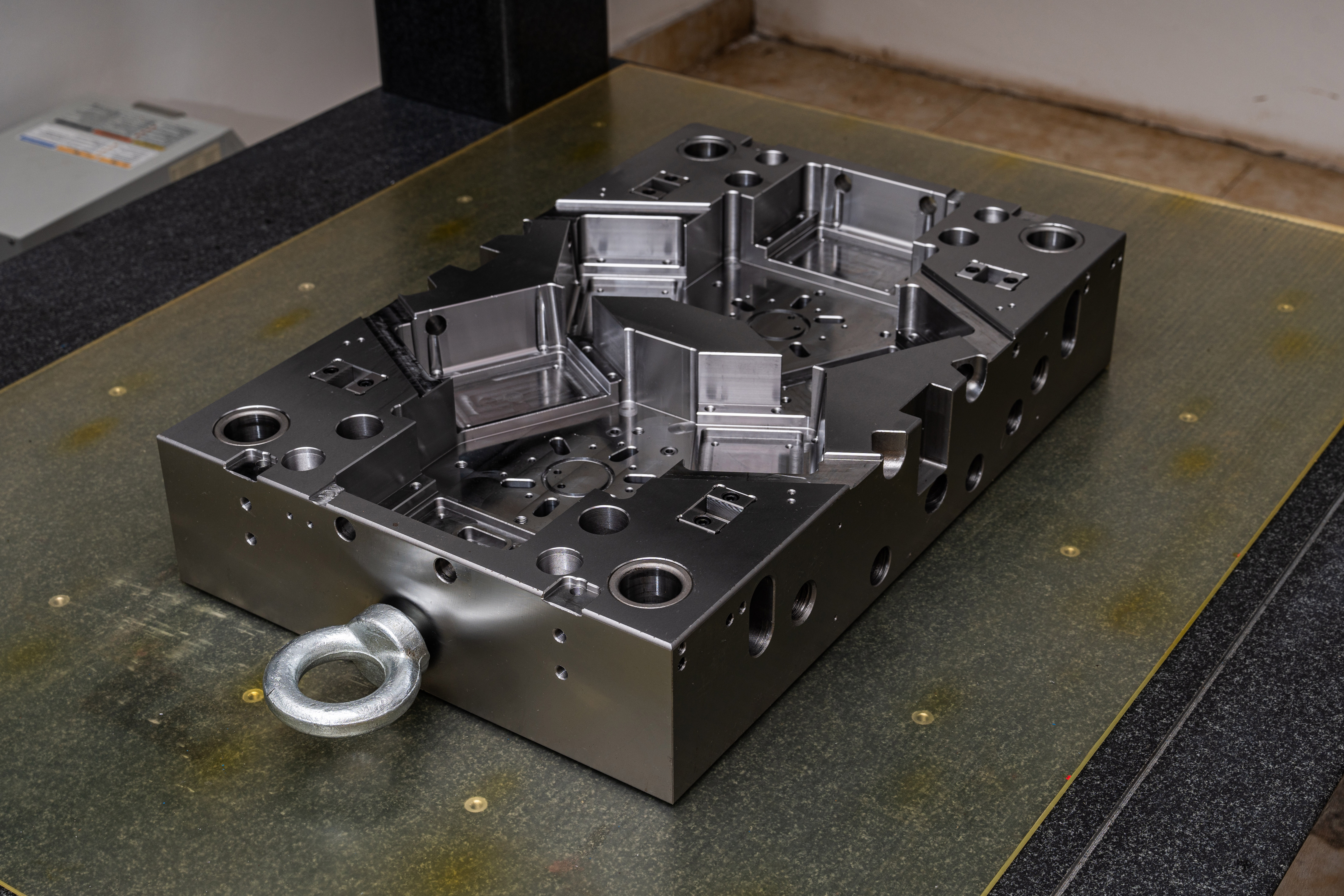How to Choose a Small to Medium-Sized Scaffold: A Guide
In the mold base industry, selecting the right scaffold for small to medium-sized projects is crucial. A scaffold provides a safe and stable working platform for workers, allowing them to reach elevated areas while performing tasks efficiently. With various types and options available, it is important to consider several factors before making a decision. This guide aims to provide a clear and professional understanding of how to choose the appropriate scaffold for your specific needs.
1. Assess the Project Requirements
Begin by evaluating the specific requirements of your mold base project. Consider the height and reach needed, the weight capacity required, and any special features or functionalities that may be necessary. This assessment will serve as a foundation for narrowing down the options and ensuring you choose a scaffold that meets the project's unique demands.
2. Determine the Type of Scaffold
Next, consider the different types of scaffolds available. The most common options for small to medium-sized projects include supported scaffolds, suspended scaffolds, and rolling scaffolds. Each type has its own advantages and considerations.
- Supported Scaffolds: These scaffolds are typically constructed from metal tubes and are supported by the ground or a solid structure. They provide excellent stability and are suitable for most mold base projects.
- Suspended Scaffolds: Ideal for projects requiring access to areas that are difficult to reach, suspended scaffolds are suspended from the top and provide an elevated working platform. These are commonly used during construction or maintenance of mold bases.
- Rolling Scaffolds: If your project involves frequent movement, rolling scaffolds might be the right choice. These scaffolds are equipped with wheels, allowing for easy transportation across the work area. However, they require additional precautions to ensure stability during use.
3. Consider Material and Durability
The durability of the scaffold is of utmost importance to ensure the safety of workers. Consider the material used in the scaffold's construction and assess its quality. Steel scaffolds are known for their strength and longevity, making them an excellent choice for most mold base applications. However, if weight is a primary concern, aluminum scaffolds can be a suitable alternative.
4. Evaluate Safety Features
Prioritize the safety features of the scaffold to protect the workers and minimize accidents on the job site. Some essential safety features to look for include guardrails, non-slip platforms, and sturdy ladders for easy access. Additionally, ensure the scaffold adheres to industry standards and regulations to guarantee its safety and reliability.
5. Calculate the Cost and Budget
While cost shouldn't be the sole determining factor, it is essential to consider your budget when choosing a scaffold. Evaluate the long-term value of the scaffold based on its durability, features, and maintenance requirements. Balance the upfront cost with the scaffold's expected lifespan and capabilities to make an informed decision.
6. Seek Professional Advice
If you are uncertain about the selection process or need expert guidance, it is advisable to consult with professionals in the mold base industry. They can provide valuable insights and suggest the most appropriate scaffold for your specific requirements.
In conclusion, selecting the right scaffold for small to medium-sized mold base projects involves thoughtful consideration of project requirements, scaffold types, material and durability, safety features, cost, and seeking professional advice. By following these guidelines, you can ensure a safe and efficient working environment for your team while completing your mold base project successfully.




